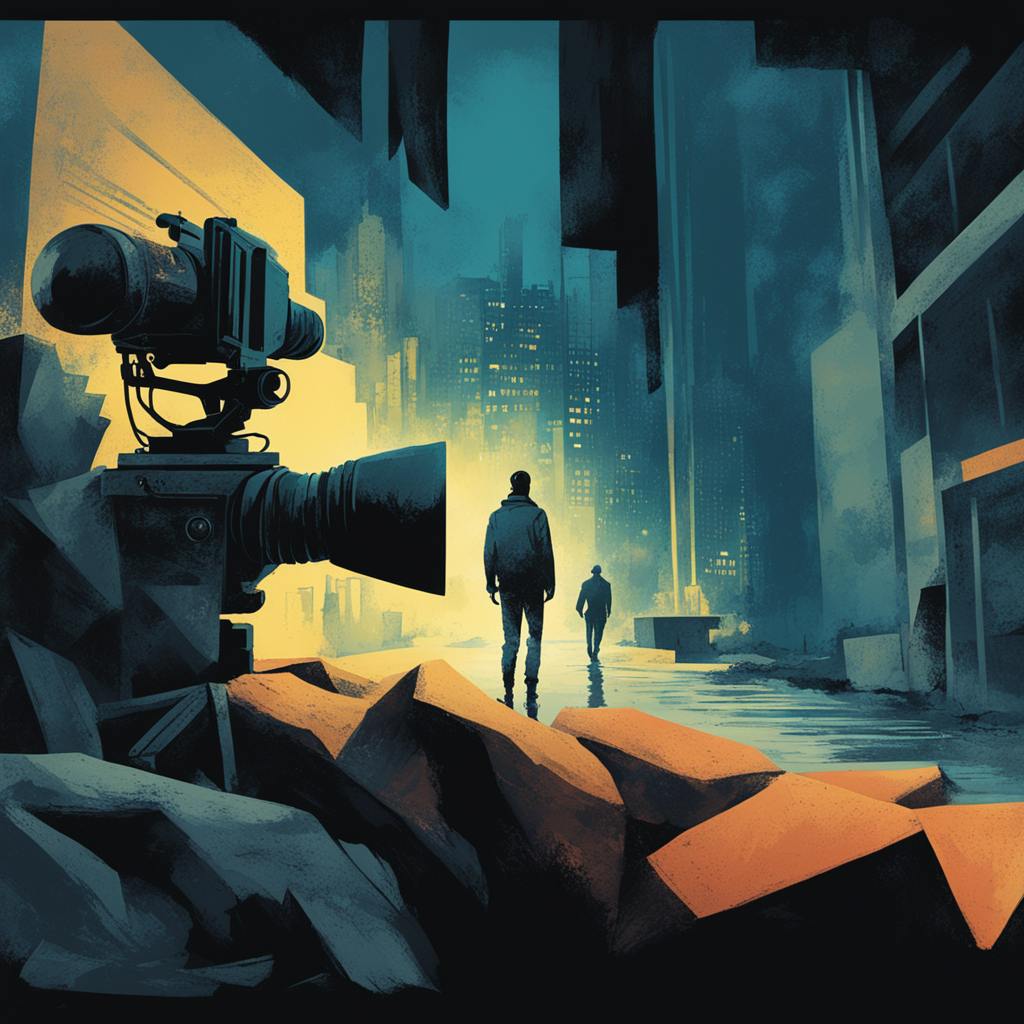How to Create Web Animations
Creative, engaging, and interactive—these are the keys to captivating today's online audience, and a powerful way of unlocking these doors is through web animations. In an increasingly digital world, the art of creating web animations has become a highly sought-after skill. Nevertheless, many beginners in the world of web design often find themselves overwhelmed by the complexity of bringing art to life on the digital canvas. Fret not, for the art of animation is less labyrinthine than it seems, and with the right guidance, it's a skill that anyone can master.
Against the backdrop of this reality, this article stands as a beacon for beginners eager to venture into the world of animations. It provides a clear, easy-to-understand guide for simplifying the process of creating web animations. Armed with this knowledge, you'll quickly transition from an animation novice to a blossoming artist.
Creating web animations begins with a concept. A well-thought-out idea serves as the inception point for all compelling animations, so devote ample time to brainstorming. Once you've established your concept, it's time to storyboard—a process akin to creating a visual guide for your animation. This can be as simple as sketching your ideas on scrap paper or as elaborate as rendering them on graphic software.

AI made with Dean Jones
Customizing Web Animations
The next step is animating. Choose an animation tool that suits your needs. There are numerous software options available, from simple, beginner-friendly tools to complex suites used by professionals. This is where the magic happens—you transform your storyboard into moving images.
Customizing your web animations comes next. It involves adding color, shadows, textures, and other detailing elements, which can greatly enhance the aesthetics of your animation. This step often requires a little artistic flair, but don't be daunted. Make use of available resources or take inspiration from existing work, transforming images into impactful animations.
Finally, test your animation to ensure it works seamlessly across various platforms and browsers. This is a crucial step in the animation creation process that often goes overlooked. The best animation can lose its impact if it doesn’t load or display correctly.
A pivotal part of animation that has origins in filmmaking is cinematography. If you’re wondering, 'what is cinematography? Here’s how to find the perfect definition— simply put, this involves the manipulation of light and shadow to tell a story visually. Cinematography has a profound influence on crafting an engaging visual narrative. By understanding and applying these principles, you can dramatically enhance your web animations' depth and visual appeal.

AI made with Dean Jones
The Animation Journey
Creating web animations might initially appear like a mammoth task, but with this guide, you’ll find the process simplified and more approachable. From conceptualizing an idea to bringing it to life and testing, every phase is broken down into easily digestible parts for beginner understanding.
In essence, the journey of animating can be rewarding for individuals willing to learn and grow. With the right resources like this Beginners' Handbook, creating your first web animation doesn't need to be an uphill battle, but rather, an exciting adventure into a world of digital creativity.
In summary, creating web animations involves these key steps:
1. Conceptualization: Formulating an idea for the animation.
2. Storyboarding: Sketching or creating a visual representation of the animation sequence.
3. Animating: Using chosen software to create the animation based on the storyboard.
4. Customizing: Adding details like colors, textures, shadows, etc. to enhance the visual appeal.
5. Testing: Ensuring the animation works well across different platforms and browsers.
6. Learning and Applying Cinematography: Understanding the principles of telling a story visually for added depth in the animation.
With these steps in hand, the world of web animations awaits. It's time to bring your ideas to life!
Remember, the magic of web animations lies not just in the visually compelling imagery, but in the stories they tell, the emotions they stir, and the experiences they give their viewers. By simplifying the process of creating web animations, we're giving more individuals the power to communicate visually, express creatively, and interact innovatively. Happy animating!

